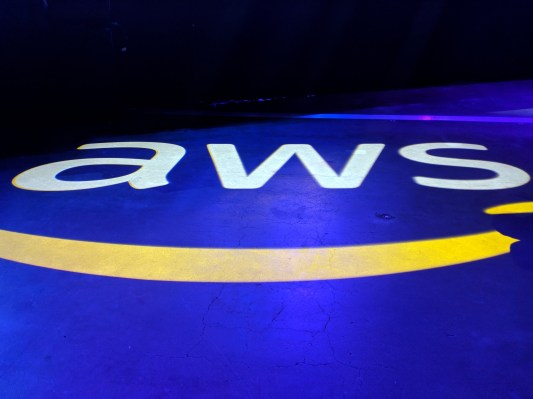AWS today announced a number of IoT-related updates that, for the most part, aim to make getting started with its IoT services easier, especially for companies that are trying to deploy a large fleet of devices. The marquee announcement, however, is about the Alexa Voice Service, which makes Amazon’s Alex voice assistant available to hardware manufacturers who want to build it into their devices. These manufacturers can now create “Alexa built-in” devices with very low-powered chips and 1MB of RAM.
Until now, you needed at least 100MB of RAM and an ARM Cortex A-class processor. Now, the requirement for Alexa Voice Service integration for AWS IoT Core has come down 1MB and a cheaper Cortex-M processor. With that, chances are you’ll see even more lightbulbs, light switches and other simple, single-purpose devices with Alexa functionality. You obviously can’t run a complex voice-recognition model and decision engine on a device like this, so all of the media retrieval, audio decoding, etc. is done in the cloud. All it needs to be able to do is detect the wake word to start the Alex functionality, which is a comparably simple model.
“We now offload the vast majority of all of this to the cloud,” AWS IoT VP Dirk Didascalou told me. “So the device can be ultra dumb. The only thing that the device still needs to do is wake word detection. That still needs to be covered on the device.” Didascalou noted that with new, lower-powered processors from NXP and Qualcomm, OEMs can reduce their engineering bill of materials by up to 50 percent, which will only make this capability more attractive to many companies.
Didascalou believes we’ll see manufacturers in all kinds of areas use this new functionality, but most of it will likely be in the consumer space. “It just opens up the what we call the real ambient intelligence and ambient computing space,” he said. “Because now you don’t need to identify where’s my hub — you just speak to your environment and your environment can interact with you. I think that’s a massive step towards this ambient intelligence via Alexa.”
No cloud computing announcement these days would be complete without talking about containers. Today’s container announcement for AWS’ IoT services is that IoT Greengrass, the company’s main platform for extending AWS to edge devices, now offers support for Docker containers. The reason for this is pretty straightforward. The early idea of Greengrass was to have developers write Lambda functions for it. But as Didascalou told me, a lot of companies also wanted to bring legacy and third-party applications to Greengrass devices, as well as those written in languages that are not currently supported by Greengrass. Didascalou noted that this also means you can bring any container from the Docker Hub or any other Docker container registry to Greengrass now, too.
“The idea of Greengrass was, you build an application once. And whether you deploy it to the cloud or at the edge or hybrid, it doesn’t matter, because it’s the same programming model,” he explained. “But very many older applications use containers. And then, of course, you saying, okay, as a company, I don’t necessarily want to rewrite something that works.”
Another notable new feature is Stream Manager for Greengrass. Until now, developers had to cobble together their own solution for managing data streams from edge devices, using Lambda functions. Now, with this new feature, they don’t have to reinvent the wheel every time they want to build a new solution for connection management and data retention policies, etc., but can instead rely on this new functionality to do that for them. It’s pre-integrated with AWS Kinesis and IoT Analytics, too.
Also new for AWS IoT Greengrass are fleet provisioning, which makes it easier for businesses to quickly set up lots of new devices automatically, as well as secure tunneling for AWS IoT Device Management, which makes it easier for developers to remote access into a device and troubleshoot them. In addition, AWS IoT Core now features configurable endpoints.
